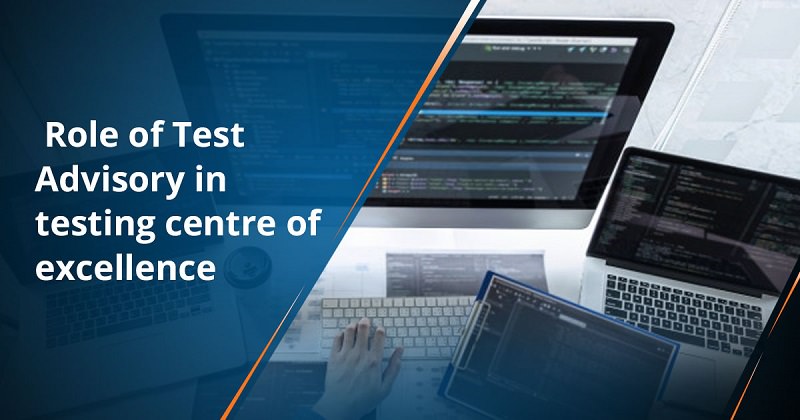The global IT landscape is in a state of flux due to the advent of new technologies and methodologies, changing customer preferences for better quality products, the emergence of newer cyber security threats, and rising competitiveness. To meet such challenges, enterprises should possess and ensure streamlined processes, quality software applications, quick decision-making, accelerated time-to-market, and a better customer feedback loop, among others. Traditional QA paradigms are woefully short to meet such challenges and do not have the capacity to keep pace with the new realities of the day. This is where a Testing Centre of Excellence (TCoE) can help enterprises to gain a holistic insight into the processes and operations. It can ensure the quality of software systems across the value chain, reduce operating costs, and quickly develop and deliver software applications that are customized to the needs of the market.
A TCoE can deliver proven results in terms of optimal performance, better alignment between IT and operations, better choice and usage of test automation tools, and increased QA efficiency across processes and functions. The testing centre of excellence can function as an integrated command centre using the latest testing methodology and practices, test automation tools, and metrics to foster efficiency into the testing environment. It allows the management to gain insights into quality across SDLC and take suitable risk-based deployment decisions. At the software testing centre of excellence, the team of specialists performs multiple roles and draws insights into the challenges and goals of software development, testing, and delivery.
Why does your organization need a test centre of excellence?
A testing centre of excellence can help an organization to achieve its quality testing goals, seamlessly and efficiently. Its need arises because:
· The QA processes are aligned to specific project goals instead of the overall organizational goals.
· Projects face high training costs due to the unavailability of QA specialists with proper domain knowledge.
· The aim to reduce testing time without impacting the quality of systems.
· Absence of a standardized QA process or methodology.
· Projects suffer from defects and missed deadlines.
· Use of dated QA testing trends instead of the latest ones.
· Lack of continuous improvement in the Agile-DevOps mold.
· Every project team reinvents the wheel instead of leveraging tools, components, and test scripts from a centralized repository.
Test advisory to set up a QA centre of excellence
The roadmap to set up a transformative TCoE may have the following elements.
Timeline and scope: Identify and define the activities, scope, and timelines for implementing the setup including the earmarking of transition, stabilization, and operational phases.
Goal setting: Set goals for activities covering areas like test automation, test environment, test processes, and governance.
Interface: Decide on the broad parameters and outcomes when the test centre of excellence interfaces with sundry quality initiatives, management, projects, and service providers.
Training: Assess the requirement of skills, identify resources followed by the hiring and training of such resources.
Core team: Since the QA process driven by an efficient and functional software testing centre of excellence would require proper control and management, a core team should be formed. The team comprising SMEs can be for areas like test automation, asset management, and governance, among others.
Tools: Identify the tools addressing the testing imperatives. Choose the tools based on their cost and maintainability.
Communication: Make sure the TCoE concept is backed by the management and every department in the organization is on-board. This is important for the success of this initiative.
Automation: All repeatable tasks should be automated and the reuse of test cases to the extent possible should be ensured in order to optimize cost and time.
Governance: Integrate the testing centre of excellence services into the IT structure of governance after defining the KPIs. Make sure to align the KPIs to the organizational and project objectives comprising the level of quality, cost optimization, flexibility, speed, and agility. The focus on the governance aspect means a continuous evaluation of the test processes, standards, and tools.
Conclusion
Delivering TCoE solutions can help organizations in reducing their cost of operations, fostering agility for the QA processes, and establishing a metrics-driven continuous improvement process, among others. Setting up a TCoE might seem a herculean task at the outset but with proper planning, investment in resources and tools, and training, the benefits can be visible in the long run. It can increase the overall quality of applications and reduce the time of delivery – all guided by a competent team of QA specialists.
Article original Source:


